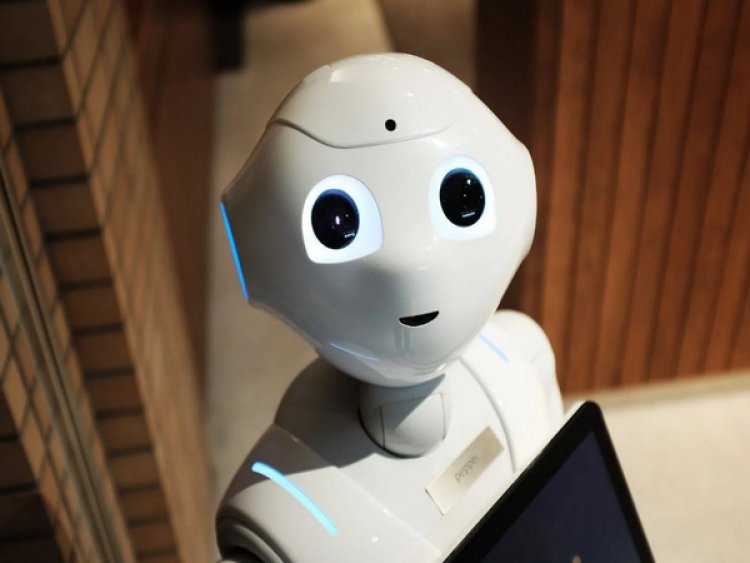'Brainless' robot can overcome difficult challenges: Study

Washington, US: Researchers who developed a soft robot that could navigate simple mazes without human or computer guidance have now expanded on their work to develop a 'brainless' soft robot capable of navigating more complicated and dynamic surroundings.
“In our earlier work, we demonstrated that our soft robot was able to twist and turn its way through a very simple obstacle course,” says Jie Yin, co-corresponding author of a paper on the work and an associate professor of mechanical and aerospace engineering at North Carolina State University.
“However, it was unable to turn unless it encountered an obstacle. In practical terms this meant that the robot could sometimes get stuck, bouncing back and forth between parallel obstacles.
“We’ve developed a new soft robot that is capable of turning on its own, allowing it to make its way through twisty mazes, even negotiating its way around moving obstacles. And it’s all done using physical intelligence, rather than being guided by a computer.”
Physical intelligence refers to dynamic things, such as soft robots, whose behaviour is determined by their structural design and materials, rather than by computer or human involvement.
The new soft robots, like the previous iteration, are made of ribbon-like liquid crystal elastomers. When the robots are placed on a surface that is at least 55 degrees Celsius (131 degrees Fahrenheit) hotter than the ambient air, the portion of the ribbon that is in contact with the surface compresses while the portion of the ribbon that is exposed to the air does not. This causes the robot to roll; the warmer the surface, the faster the robot rolls.
However, unlike the previous version of the c, which was symmetrical in design, the new robot is divided into two different parts. One side of the robot resembles a twisted ribbon that extends in a straight line, while the other resembles a more tightly twisted ribbon that also bends around itself like a spiral staircase.
Because of the asymmetrical design, one end of the robot exerts greater force on the ground than the other. Consider a plastic cup with a mouth that is broader than its base. When you roll it across the table, it does not roll in a straight path; instead, it produces an arc. This is because of its asymmetrical shape.
“The concept behind our new robot is fairly simple: because of its asymmetrical design, it turns without having to come into contact with an object,” said Yao Zhao, first author of the paper and a postdoctoral researcher at NC State.
“So, while it still changes directions when it does come into contact with an object – allowing it to navigate mazes, it cannot get stuck between parallel objects. Instead, its ability to move in arcs allows it to essentially wiggle its way free.”
The researchers demonstrated the ability of the asymmetrical soft robot design to navigate more complex mazes, including mazes with moving walls, and fit through spaces narrower than its body size. The researchers tested the new robot design on both a metal surface and in sand.
“This work is another step forward in helping us develop innovative approaches to soft robot design, particularly for applications where soft robots would be able to harvest heat energy from their environment,” Yin said.















































